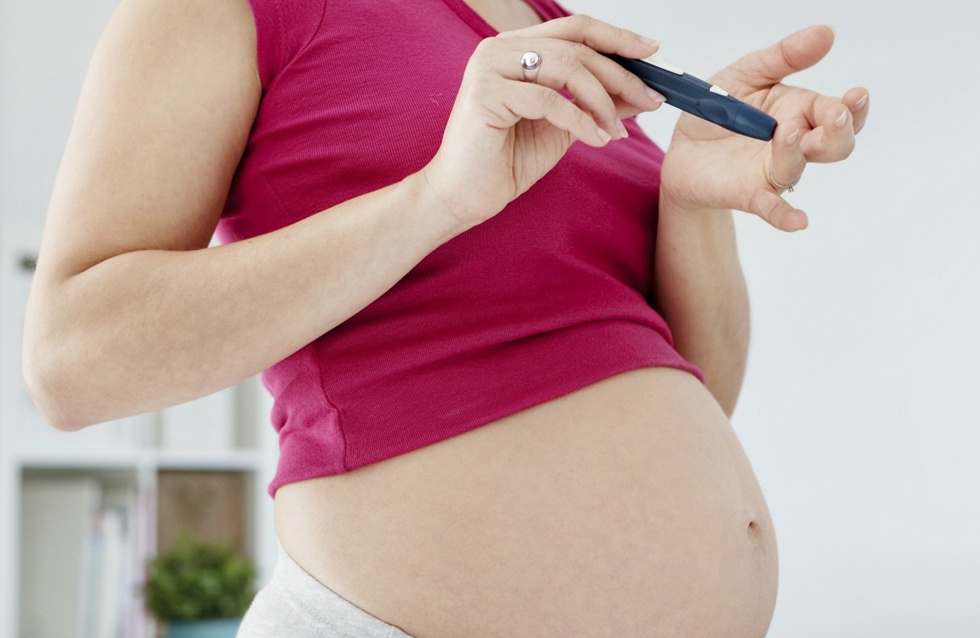
A study of over 4,000 pregnant New Zealand women suggests the country can improve babies’ health and reduce medical risks for mums by changing how gestational diabetes is diagnosed. The study assessed the value of lowering the blood-sugar threshold for diagnosis.
The University of Auckland researchers, based at the Liggins Institute, tested the blood-sugar level currently used in Aotearoa New Zealand to diagnose diabetes that can develop during pregnancy against a lower level commonly used overseas.
“Treatment for gestational diabetes improves mothers’ and babies’ health but it has been unclear what level of blood sugar should be used to make the diagnosis” says lead investigator, Professor Caroline Crowther.
A total of 4061 women were randomised into the two diagnostic groups.In the group where the lower blood-sugar threshold was used, twice as many women were diagnosed with gestational diabetes and treated — 15.3% of women (310 out of 2022) compared with 6.1% of women (124 of 2039) in the higher blood-sugar threshold group).
Overall, the chance of having a baby born larger than expected for its gestation, which can cause complications during the birth, — the primary outcome of the trial, published in the New England Journal of Medicine on 18 August — was not different between the groups.
Babies born to mothers in the lower blood sugar diagnostic group were more likely to be treated for low blood sugar after birth and the women were more likely to have labour induced, receive pharmaceutical treatment for diabetes, and use more health services compared with women in the higher blood sugar diagnostic group.
“These findings were driven by the differences seen in the 373 (9.2%) of women with mild gestational diabetes who were diagnosed and treated for diabetes if they were assigned to the lower threshold group (n = 195) but who were not diagnosed and therefore not treated for diabetes if they were assigned to the higher threshold group (n = 178),” Professor Crowther says.
In these women there were important benefits for their health and that of their babies. A dangerous condition, pre-eclampsia, was less common in women in the diagnosed and treated group (0.5% compared with 5.6%).
Birth of a baby born larger than expected for its gestation was reduced in the lower blood sugar group compared to the higher blood-sugar group (6.2% versus 18.0%). This was linked with a reduced risk of birth complications.
“In the treated sub-group we found fewer occasions of shoulder dystocia, a birth complication where a baby’s wider than normal shoulders become stuck in the pelvis during the birth, than in the untreated sub-group (0.5% versus 3.9%),” Professor Crowther says.
As in the whole study population, women with mild gestational diabetes that was diagnosed using the lower blood sugar threshold and therefore treated, received more health interventions and used more health services than women in the higher diagnostic group. Their babies were more likely to be treated for low blood sugar after birth (27.2% versus 9.0%), probably because they were being monitored more closely.
“This research will help resolve the key lingering question over what diagnostic thresholds should be used for gestational diabetes,” Liggins Director Professor Frank Bloomfield says.
Known as ‘GEMS’, this study was funded by a project grant from the New Zealand Health Research Council.
The next step will be to follow up the mothers and the children just before they start school to assess the effects of the two different diagnostic thresholds on their later health and well-being.
Gestational diabetes is a major worldwide health problem with immediate and lifelong implications for the women affected and their babies. Liggins researchers estimate over 6 percent of women or about 3800 per year develop diabetes during pregnancy, with Maori, Pacific and Asian women over-represented.
There are disparities in access to screening. A 2017 study in the Bay of Plenty found significantly fewer Maori women being screened for diabetes in pregnancy compared with other ethnicities.
Professor Crowther is also leading another study, due to be completed soon, that will offer evidence as to what blood sugar levels should be targeted in efforts to best control blood sugar levels in mothers with gestational diabetes.
source: https://www.sciencedaily.com/




